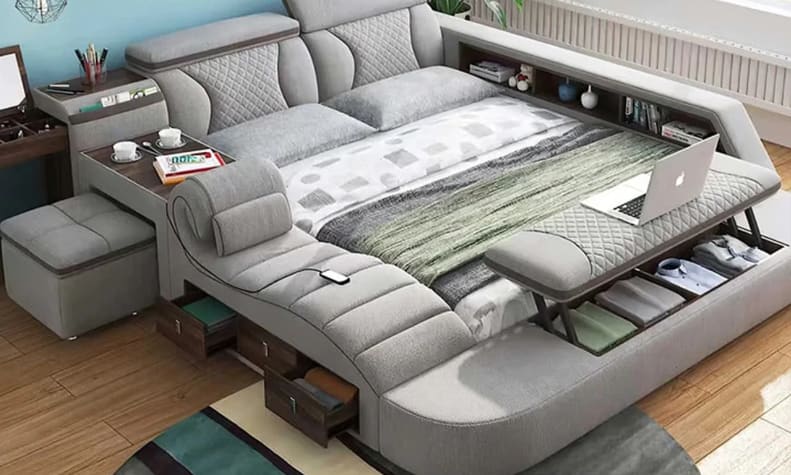Designing a Flexible Family Area for Everyday Living
Designing a family area that adapts to daily life means balancing practical needs with comfort. This article outlines simple approaches to layout, lighting, furniture, storage and acoustics so rooms can serve multiple uses while staying calm, organized and welcoming for every household member.

A flexible family area supports routines, play, work and rest without feeling cluttered or chaotic. Start by prioritizing how people actually use the space through observation: where children play, where adults read or work, and how traffic flows. Thoughtful planning of layout, circulation and sightlines helps create distinct zones within one open area while preserving openness and a sense of cohesion. Consider scale and ergonomics early so furniture and finishes feel comfortable for everyone and remain adaptable as family needs change.
How can layout and zoning support flexibility?
Good layout combines clear circulation paths with purposeful zoning. Place seating to frame views and conversation while leaving routes free for movement; use rugs or furniture groupings to define zones. Zoning lets one corner function as a homework area while another handles media and relaxation. Scale matters: choose pieces that match room proportions so zones don’t overwhelm each other. Incorporating low-profile shelving or a slim console can separate activities without building walls, and rotate arrangements seasonally as needs evolve.
How to balance lighting and daylight?
Layered lighting makes a room work for many tasks and moods. Maximize daylight by positioning seating and work areas near windows, and use translucent window treatments to control glare while preserving light. Combine ambient overhead fixtures with task lamps for reading or homework and accent lights to highlight textures or art. Consider dimmers and tunable bulbs to adjust intensity and color temperature across the day. Proper lighting design supports ergonomics and reduces eye strain during focused activities.
What furniture choices and scale suit families?
Choose furniture that balances durability with comfort and appropriate scale. Modular sofas, movable ottomans and lightweight chairs let you reconfigure seating for gatherings or lessons. Look for pieces with washable or replaceable textiles to manage stains. Maintain ergonomic principles: seating height and depth should suit typical users, and tables should allow comfortable legroom for work and dining. Prioritize multifunctional furniture—storage benches, nesting tables and foldaway desks increase versatility without crowding the floor plan.
How to plan storage and decluttering?
Effective storage keeps daily life manageable and surfaces clear. Use a mix of closed cabinets for concealed items and open shelving for frequently used objects. Built-in storage under benches or steps can reclaim wasted space, while baskets and labeled bins simplify tidying for all ages. Establish decluttering routines—daily pickup zones, a mail station, and seasonal culls—to maintain order. Thoughtful storage supports visual calm, making multifunctional areas easier to switch between uses.
Which flooring, rugs and textiles work best?
Flooring and soft finishes anchor zones and add practical benefits. Durable, low-maintenance flooring like sealed hardwood, laminate or quality vinyl withstands heavy traffic, while area rugs delineate seating zones and soften acoustics. Choose textiles with stain-resistant treatments or removable covers for sofas and cushions. Layering rugs and textiles introduces texture and color without committing to permanent finishes, and selecting easy-care materials improves longevity in busy family spaces.
How to address acoustics, color and multifunctional use?
Acoustics influence comfort in open family areas; soft surfaces, rugs and drapery reduce echo and absorb noise. Use strategic placement of bookshelves, textiles and acoustic panels where needed. Color schemes should promote cohesion across zones—neutral bases with accent colors can define activity areas without visual clutter. Plan for multifunctional moments by reserving flexible storage and movable screens for privacy when needed. Attention to ergonomics, scale and sensory comfort ensures the room supports play, focus and relaxation.
A flexible family area is the result of intentional choices across layout, lighting, furniture, storage and finishes. By focusing on ergonomics, appropriate scale and decluttering systems, you can create a resilient space that adapts to daily rhythms and changing needs. Subtle zoning, layered lighting and thoughtfully selected textiles and flooring help maintain comfort and usability without sacrificing style.





